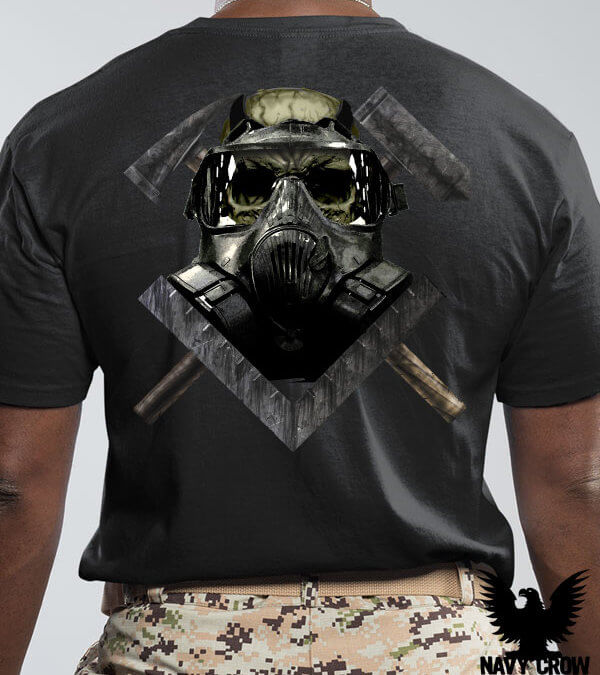THE BEGINNING OF HULL TECHS
The historical reference of the Ship’s Engineering Department can be traced back to the days of wooden sailing ships and the sail makers whose job it was quite literally to make the sails which would then drive the ship, along with the Carpenter and his mates who kept the ship afloat and watertight. There were a few weird turns along the path of history with the US Navy creating a Chemical Warfare Specialist rating in WW II for Chemical, Biological, and Radiological defense/damage control. The more germene reference would be towards the Shipfitter rating which was in cohorts with the Metalsmith and Pipefitter ratings responsible for the upkeep of the modern day ships of iron and steel.
HULL MAINTENANCE TECHNICIANS
The rate Hull Maintenance Technician has only existed in the United States Navy since 1972. Prior to that the Huk Technician rate was split into four different entities including Plumber, Shipfitter, Metalsmith, and Pipefitter. The history of these different rates is shown through the current HT rating badge. It consists of a maul; (consistent with the shipfitters and metalsmiths), an axe; (showing an in depth knowledge of firefighting and damage control), and the carpenters square; (which displays an ability to design as well as construct anything the ship may need).
The Hull Maintenance Technician rating’s lineage stems from the Shipfitter rating that was established in 1921; branched off to the Metalsmith and Pipefitter ratings in 1948, then re-established as Shipfitter from the merger of the Metalsmith and Pipefitter ratings in 1958. In 1972, the HT rating was created when the Shipfitter and Damage Controlman ratings were merged and disestablished. Hull Maintenance Technicians do the metal work necessary to keep all types of shipboard structures and surfaces in good condition. They also maintain shipboard plumbing and marine sanitation systems, repair small boats, operate and maintain ballast control systems, and manage the Quality Assurance Program.
MODERN DAY HULL TECHS
Through the 1960s to the 1980s Treasure Island, San Francisco was home to the Navy’s damage control school as well as the nuclear, biological, radiological and chemical warfare school, both primary schools of new hull maintenance technicians. Treasure Island continued to train new sailors in the art of damage control until the base was decommissioned in 1996. As of 2015, the damage control school is at Naval Station Great Lakes, and is on the same base as basic engineering common core and other A schools.
An HT’s job in the Navy is usually very broad and sometimes challenging. An HT is the”jack of all trades” and must be willing to learn new skills and adapt to the situation. An HT is expected to keep the sewage system in perfect working condition, conduct metal work, fabrication and welding, be able to fix, repair or replace any equipment on the ship, as well as be an integral part of the ship’s damage control efforts. According to Navy Personnel Command an HT’s duties include, but are not limited to, installing, maintaining and repairing valves, piping, plumbing system fittings and fixtures, and marine sanitation systems.
AWESOME DESIGNS
Navy Crow brings colors, subdued, crazy, serious, historic and above all professional approach to US Navy art with a single focus: design the best for the US Navy. Period. Never compromise. The US Navy Hull Techs Navy Crow shirt features a skull representative of the risk of death the HT faces daily in their jobs. The skill is wearing a gas mask symbolic of their previous duties of CRNE superimposed upon the modern day HT Rating badge, which itself pays homage to the past.
T-SHIRT SPECS
4.3 oz. – Designed, printed and offered on American Made shirts – Offered in Black – Fine jersey – 100% Ring-spun combed cotton – Taped shoulder-to-shoulder – Tubular – Slim fit









